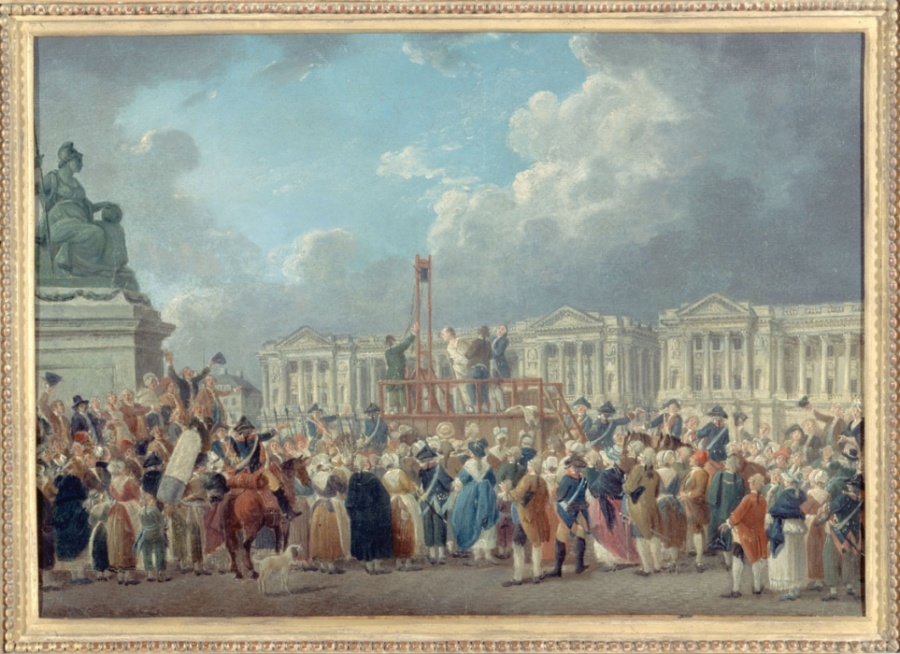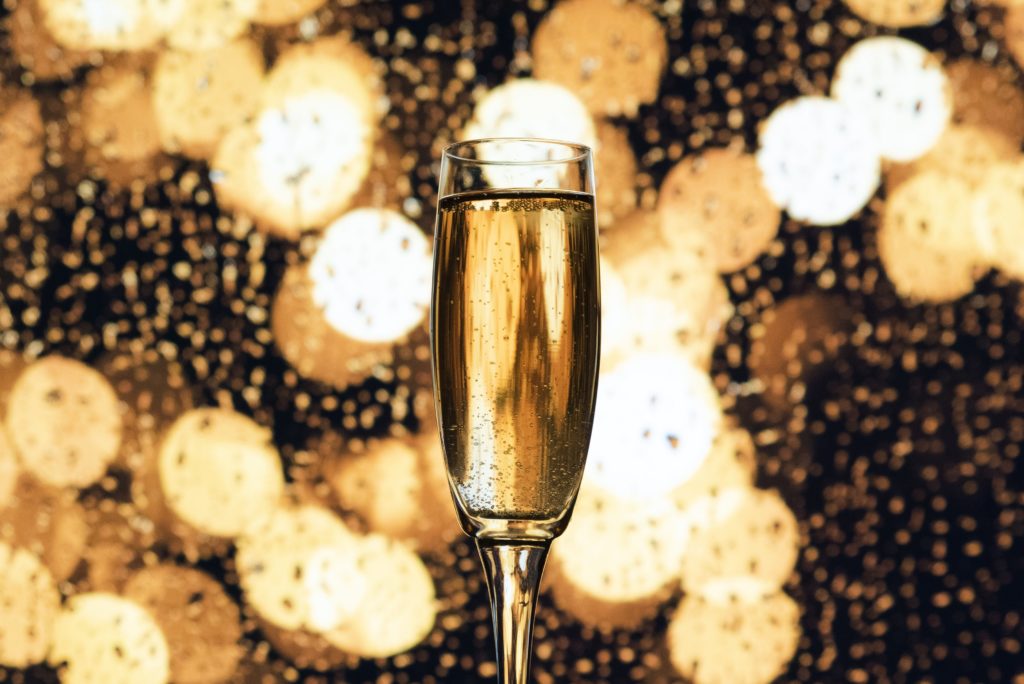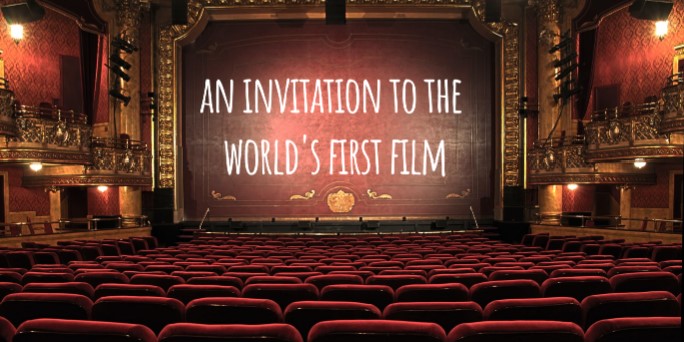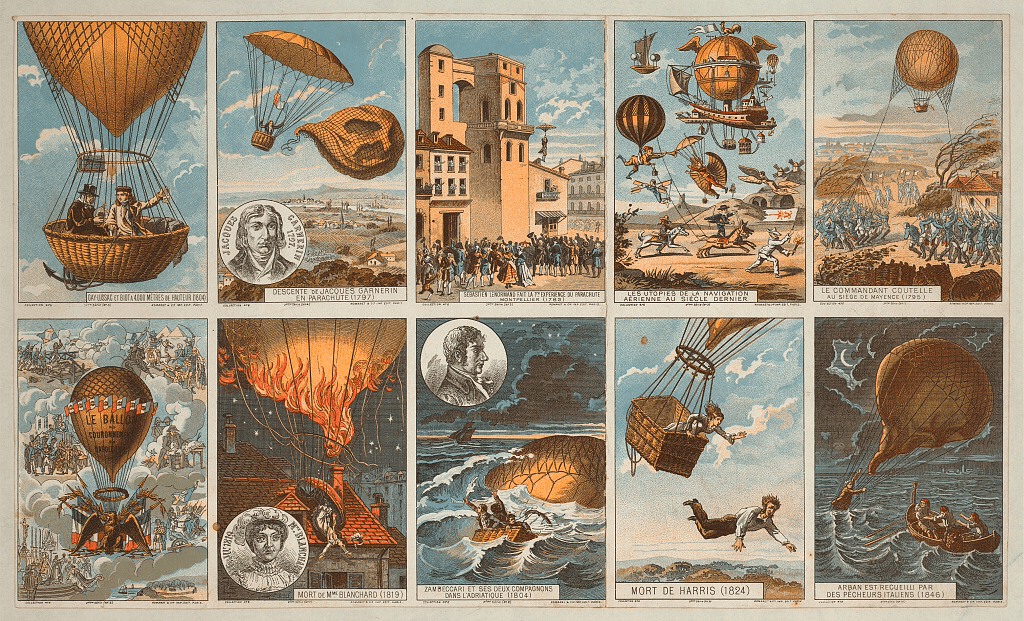What comes to mind when you think of French cooking? Snails cooked in butter? Fried frogs legs? Haute cuisine, or the rustic and hearty dishes of the countryside like coq au vin and bœuf bourguignon? Here are 8 things in the history of French cooking that may surprise you.
A whole day is devoted to crêpes
Do you love pancakes? If so, you’ll love Chandeleuer, or Candlemas, celebrated every year on 2 February, 40 days after Christmas and ending the period of Christmas and Epiphany. A Christian festival, it marks the ritual purification of Mary and the occasion Jesus was presented to the temple for the first time. Named for chandelles, or candles, it also represents the beginning of warmer weather, when the days become longer – the golden crêpe is the returning sun. The tradition is believed to have originated with Pope Gelasius I in the 5th century, who gave crêpes to pilgrims in Rome during the festival.
But these are no ordinary pancakes. One custom is to sauté the first pancake several times in a row in order to ward off bad luck for the coming year. And another old peasant tradition is to flip the crêpe in your right hand, holding a gold coin in their left hand in order to achieve happiness and prosperity over the year.

Catherine de Medici did not bring haute cuisine to France
Catherine de Medici, the feared Italian who married Henry II, and after his death spent much of her life as a defacto queen ruling with her three sons, is usually credited for bringing haute cuisine to France. According to legend, when Catherine and her entourage of Italian chefs arrived in France, with them came parsley, artichokes, lettuces, and earthenware glazed plates. They may have packed these items in their travel chests, but the idea that French cuisine was born under the glow of the Italian Renaissance is not true. French cooking did not improve in any discernible manner in the mid to late 16th century. What we can credit Queen Catherine with, is her contribution to the development and refinement of French dining, with her much lauded court festivals:
In this meadow the Queen my mother had disposed a circle of niches, each of them large enough to contain a table of twelve covers. At one end a platform was raised, ascended by four steps formed of turf. Here their Majesties were seated at a table under a lofty canopy. The tables were all served by troops of shepherdesses dressed in cloth of gold and satin, after the fashion of the different provinces of France. These shepherdesses, during the passage of the superb boats from Bayonne to the island, were placed in separate bands, in a meadow on each side of the causeway, raised with turf; and whilst their Majesties and the company were passing through the great salon, they danced. On their passage by water, the barges were followed by other boats, having on board vocal and instrumental musicians, habited like Nereids, singing and playing the whole time. After the collation was served and the feast at an end, a large troop of musicians, habited like satyrs, was seen to come out of the opening of a rock, well lighted up, whilst nymphs were descending from the top in rich habits, who, as they came down, formed into a grand dance.
Memoirs of Margeurite de Valois
These lavish ‘specialities’, or spectacles, designed to bring hostile factions together in a period rife with religious rivalries and conflict, became forerunners to the notion of fine dining.
But she apparently did introduce the fork to France

When Catherine de Medici arrived in France in 1533, in her reticule were supposedly a collection of delicate silver forks. Now, forks were not completely unknown in France, but they were two-pronged and for the serving of food, being quite unsuitable to eat one’s potager au feu, for example. And only the elite could afford them. At this time, most meals were served on large platters and people served themselves using their fingers. Individual plates were rare, with trenchers, flat rounds of bread used instead.
In the 1560s, the widowed Catherine and her son, King Henry III, took a tour of the country which was to last several years. They were not alone; accompanying this royal roundabout was literally thousands of courtiers, nobles, chefs, servants, and as many hangers-on as possible. 80,000 horses were needed to move this travelling castle on their slow journey through France. As they stayed in château after château, dining sumptuously day after day, the use of the fork to pick up one’s food, curious at first, became known.
It took a while before it was in common usage, and even a couple more hundred years before our modern-day table setting of knife, fork, spoon and plate was entrenched. Now, unless you’re eating a CroqueMcDo in McDonalds (yes, that is a thing in France), a meal is not a meal without them.
Foie gras was not invented in France

Foie gras is to be found on almost every French table at Christmas time; its name literally means ‘fat liver’, and is usually from geese. While the name may be synonymous with French high cuisine, its origins are actually far from France.
Frescoes found on the walls of Egyptian tombs show the hand feeding of geese – this is how the rich, fatty liver which becomes foie gras is achieved. Ancient Egytians were among the first to notice that geese ate large amounts of figs in preparation for their annual migration, and replicated this by developing the technique now known as gavage, to produce a fattier bird. This was an important source of nutrition in the Nile region.
The practice spread throughout the Mediterranean, and foie gras as a delicacy was especially adored by the Romans. But it was thanks to Christopher Columbus who introduced corn to Europe, that the fattening of geese and ducks became common in France; the figs were now replaced by high-carb cornmeal. The success of foie gras became undeniable,and it started to appear in the meals of popes and was added to cookbooks. With the arrival of preservation techniques, foie gras continued to advance, gaining recognition around the world.
Today, France consumes more foie gras than any other country, but is also the number one producer, accounting for more than 75% of production worldwide.
Modern French cooking started in 1651
The first truly French cookbook, Le Cuisinier françois, was written in 1651 by François Pierre de la Varenne. This small but hefty book played a major role in the history of French cooking by moving away from the heavily spiced cuisine of the Middle Ages toward recipes that expressed the natural flavors of foods.
It was the first French cookbook to appear in almost 100 years, so it was a fairly big deal. Also, it was revolutionary for its time – La Varenne advocated fresh, seasonal produce and new flavours and textures. No longer should chefs rely on cinnamon and pepper to cover their food; according to La Varenne, sauces should be an integral part of the dish but should enhance flavour rather than hide it. His dishes relied on parsley, onions, leeks, and shallots, which are still oft-used ingredients in French cuisine today.
La Varenne introduced chefs to bouillon, which formed the basis for many of his soups. Where chefs had been using old bread to thicken soups, La Varenne tells his readers how to mix flour and butter into a roux, writing the first recipe for béchamel sauce. Phrases like au naturel, au bleu, fonds de cuisine, and bouquet garni appear for the first time. No measurements appear, however; the recipe for turtle soup reads:
Take your turtles, dress them, chop them into pieces, and put them in a frying pan with butter and parsley.
The cookbook was a bestseller, was translated into English within several years, and continued to be in print for over a hundred years.
The first celebrity chef was Marie-Antoinin Carême
Long before there was celebrity French chef Alain Ducasse, there was Antonin Carême. Born in the late 18th century, and coming of age during the French Revolution, his recipes and creations still influence French haute cuisine today.
Before he was even 20 years old, he had established himself as one of the best pâtissieurs, or pastry chefs, in Paris. Pastry cooks were responsible for the great decorative centrepieces or pièces montées of grand dinners, and Carême excelled at these flights of fancy. His idea of a centrepiece was an assembly of several pastry elements, arranged like a construction or a sculpture. And it was not even to be eaten: it was first and foremost a piece of art that sat on the table throughout the meal to be admired.
Carême’s creations took Paris by storm, and he was very much in demand. He worked in the kitchen of the most famous of French statesmen of the time, the Duke of Talleyrand, who was famed for his extravagant dinners, for the Prince Regent of England (he hated the weather and the jealousy of the English chefs so returned after two years) and other members of European royalty. He also made the wedding cake for the marriage of Napoleon Bonaparte to Marie-Louise of Austria.
In his first two books, Le Pâtissier Royal and Le Pâtissier Pittoresque, he produced hundred of designs for rustic pavilions, ruins, cascades, temples, forts, windmills and other ornate creations.


The French Meal is a thing in itself
I’ve sat through enough family dinners or wedding feasts in which aperitif is served at 7pm and the last of the dessert is polished off at midnight, to know that a meal in France is something special. In 2010, the ‘Gastronomic Meal of the French’ was inscribed on the UNESCO ‘Representative List of the Intangible Cultural Heritage of Humanity’. But what does this mean?
The gastronomic meal of the French is a customary social practice for celebrating important moments in the lives of individuals and groups, such as births, weddings, birthdays, anniversaries, achievements and reunions. It is a festive meal bringing people together for an occasion to enjoy the art of good eating and drinking. The gastronomic meal emphasizes togetherness, the pleasure of taste, and the balance between human beings and the products of nature. Important elements include the careful selection of dishes from a constantly growing repertoire of recipes; the purchase of good, preferably local products whose flavours go well together; the pairing of food with wine; the setting of a beautiful table; and specific actions during consumption, such as smelling and tasting items at the table. The gastronomic meal should respect a fixed structure, commencing with an apéritif (drinks before the meal) and ending with liqueurs, containing in between at least four successive courses, namely a starter, fish and/or meat with vegetables, cheese and dessert. Individuals called gastronomes who possess deep knowledge of the tradition and preserve its memory watch over the living practice of the rites, thus contributing to their oral and/or written transmission, in particular to younger generations. The gastronomic meal draws circles of family and friends closer together and, more generally, strengthens social ties.
UNESCO website
There was a lot of fasting in the past
In the Middle Ages, fasting or abstinence for Christian feast days was strictly observed. In most medieval cookbooks, meals are divided into meat-days and fish-days. During Advent, Lent, and the day before important feast days, the eating of meat and animal products was strictly forbidden; this included eggs, butter, milk and cheese.
The popes in Avignon were lucky, for salted whale meat from the Bay of Biscay was a favourite dish during Lent, and much of it ended up on their tables. Dolphin and porpoises were also common fare at the time. As for fish, if you lived along the Seine river, your catch could have been taken by the French king himself, as the best fish was reserved for his use only.
Beavers were not so lucky, for they could be eaten on almost any day of the year. Their tail was considered as ‘fish’ because it was supposed it never left the water, while the rest of the beaver, if caught, could be eaten as usual. It’s a similar story for the barnacle goose, whom medieval policy makers decided lived all its life at sea, and therefore could be consumed on fish days.


Further reading
Is the croissant really French? Read here to find out.
Do you want to dine at the royal table at the palace of Versailles? Click here to take your seat.
Google Arts and Culture take you on a tour of the history of cake
leave a comment
The history of French cooking is long, illustrious, and quite delicious. What are your favourite French dishes?




Thank you so much for your wonderful research into the topic of French cuisine.
I live in a village in the Dordogne, in the Perigord Vert – Bourdeilles. We have two castles on the same hilltop. One is Medieval and the other is Renaissance. The Renaissance chateau was constructed to welcome Catherine and her entourage – they never made it…. I wonder how long it took for forks to appear here.
Keep up the great work!
Thank you! It’s a shame for the Renaissance owners that the château never saw Catherine, but great for tourists and history lovers today! You are lucky to live in a beautiful region of France, I hope to visit there again soon.